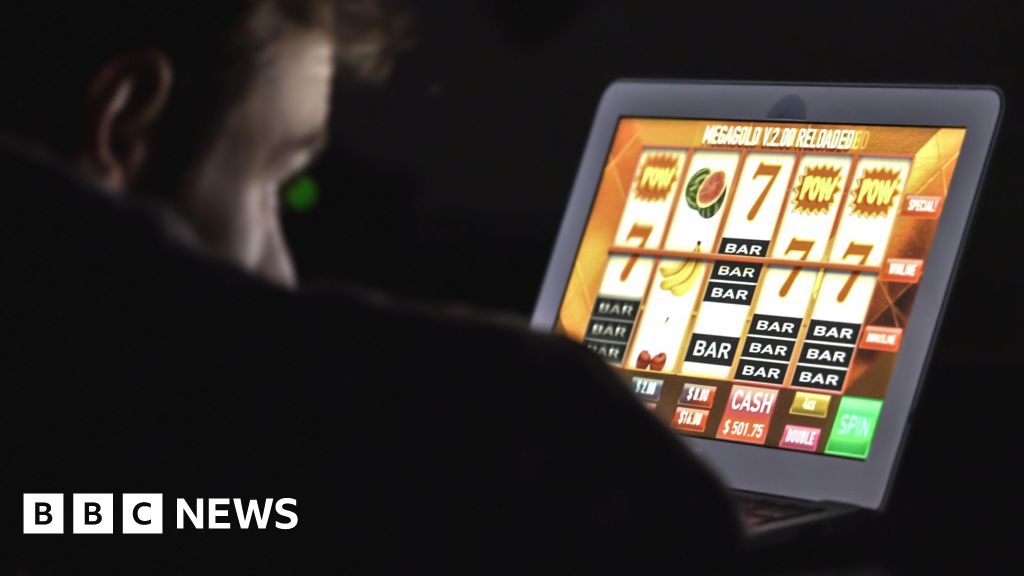Tech
Huawei’s new launches amid sanctions surprises US and the world

Chinese tech giant Huawei has officially launched its highly anticipated Mate 70 series, Mate X6 foldable, and MatePad Pro devices, all powered by the company’s proprietary HarmonyOS NEXT operating system. These new devices come equipped with advanced gesture-operated file-sharing features, showcasing Huawei’s innovative approach to seamless connectivity and user interaction.
Gesture-Controlled File Transfer
One of the standout features across these devices is the Air Transmission file-sharing technology, designed to enable effortless content transfer between Huawei devices using gesture controls. This feature eliminates the need for physical touch, relying on HarmonyOS NEXT’s Always-On camera and AI Gesture AirDrop functionality.
According to a video shared by Richard Yu, CEO of Huawei’s Consumer Business Division, the Connected Access Screen Gesture Trigger Recognition allows users to grab content using a simple palm gesture and transfer it to another device. Additional Magic Gesture Operations enable hands-free navigation, such as turning e-book pages, switching apps, and more.
These innovations elevate Huawei’s devices above similar features offered by competitors, including Apple, which requires physical touch for content sharing.
Global Attention
Huawei’s latest launch event in Shenzhen has sparked global attention, with industry experts and analysts highlighting its significant implications for U.S.-China tech relations. The flagship device is not just another smartphone; it represents a culmination of Huawei’s efforts to overcome crippling U.S. sanctions imposed in 2019.
CEO of Snow Bull Capital Taylor Ogan, attending the event, provided detailed insights on social media, emphasizing how the Mate 70 symbolizes China’s technological self-reliance. “This phone/chip/OS/event is a really big deal for Chinese tech, and has big implications for U.S.-China relations,” Ogan tweeted ahead of the event.
How Huawei Worked Around U.S. Sanctions
In May 2019, the U.S. Department of Commerce added Huawei to its Entity List, cutting the company off from critical American technology, including access to semiconductors made with U.S. equipment. This move was intended to cripple Huawei’s ability to produce advanced chips smaller than 10nm, particularly since it relied on Extreme Ultraviolet (EUV) lithography machines from Dutch firm ASML.
Without access to EUV, Huawei had to rely on older Deep Ultraviolet (DUV) lithography technology, a method previously believed to be insufficient for creating cutting-edge semiconductors. Yet Huawei, in collaboration with China’s top chipmaker SMIC (Semiconductor Manufacturing International Corporation), defied expectations.
A Silent Revolution: The Mate 60 Pro Surprise
In August 2023, Huawei shocked the tech world with the silent release of the Mate 60 Pro, which featured a 7nm Kirin 9000S chip. The timing of the launch coincided with a visit from U.S. Commerce Secretary Gina Raimondo to China, raising eyebrows globally. Teardowns later revealed that Huawei had poured years of research and development into overcoming limitations with DUV technology, achieving what many experts thought was impossible.
Ogan noted the symbolism of this achievement: “The chip’s performance showed that Huawei and SMIC had overcome the technical limitations previously thought insurmountable.”
What the Mate 70 Represents
The Mate 70 series, powered by a domestically designed chip and operating system, signals Huawei’s growing independence from Western technology. It runs on HarmonyOS NEXT, Huawei’s proprietary system entirely free of Android code, reinforcing the company’s move to cut ties with U.S. tech infrastructure.
The Mate 70’s importance extends beyond its technical specs. It represents a technological and geopolitical statement, with Huawei showing that China can innovate and compete on the global stage, even under intense sanctions. This move puts added pressure on U.S. policy and underscores the limitations of export restrictions in curbing China’s tech ambitions.
Huawei Mate 70 Series: Price and Specifications
The Huawei Mate 70 series includes three variants—Mate 70, Mate 70 Pro, and Mate 70 Pro+—with prices starting at CNY 5,499 (approx. ₹64,000) and going up to CNY 12,999 (around ₹1,51,490).
Key Features:
• Display: The vanilla Mate 70 features a 6.7-inch OLED FHD+ display with a 120Hz LTPO adaptive refresh rate.
• Chipset: Powered by the Kirin 9010 SoC, while the Pro and Pro+ models feature the Kirin 9020.
• Cameras: Up to 50MP + 40MP + 48MP triple-camera setup.
• Battery: A robust 5,700mAh battery with 100W wired and 80W wireless charging support.
Huawei Mate X6 Foldable: Price and Features
The Mate X6 foldable phone starts at CNY 12,999 (approx. ₹1,51,490) and boasts cutting-edge specifications:
• Display: A 6.45-inch LTPO 2.0 screen that unfolds into a 7.93-inch panel.
• Camera System: Includes a 50MP main camera, 40MP ultrawide, and 48MP telephoto macro sensor.
• Battery: A 5,200mAh battery with 66W wired charging.
HarmonyOS NEXT: The Future of Seamless Connectivity
Huawei’s HarmonyOS NEXT, which powers these devices, represents a significant leap forward in software independence. The OS supports intuitive gesture controls, advanced AI functionalities, and enhanced device interaction. Features like gesture-based file transfer and AI-powered navigation reflect the company’s commitment to innovation.









